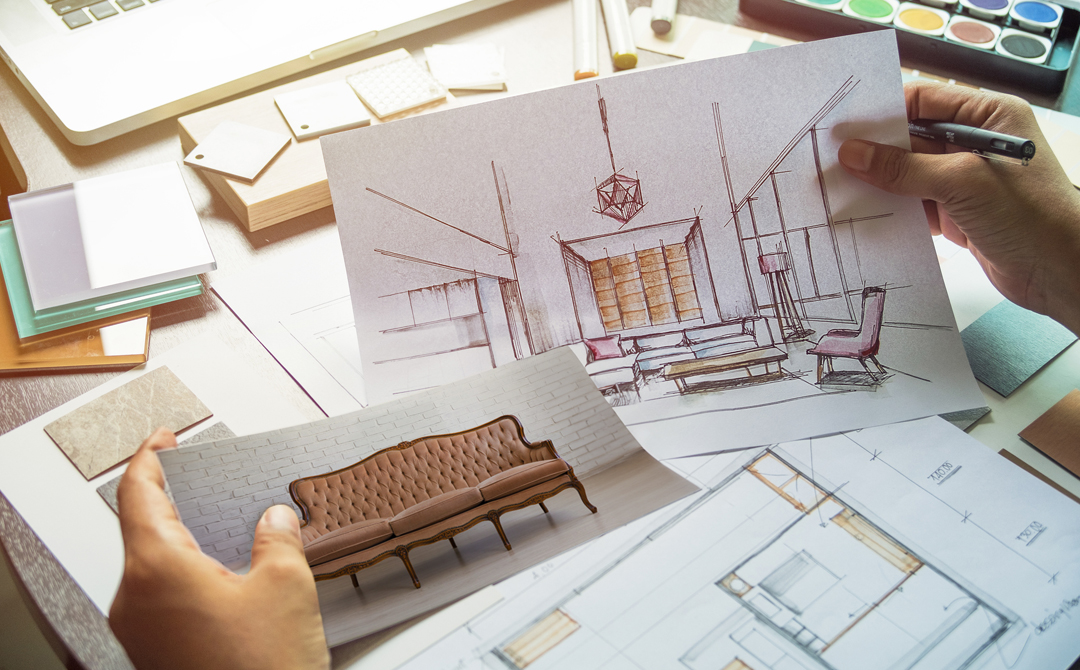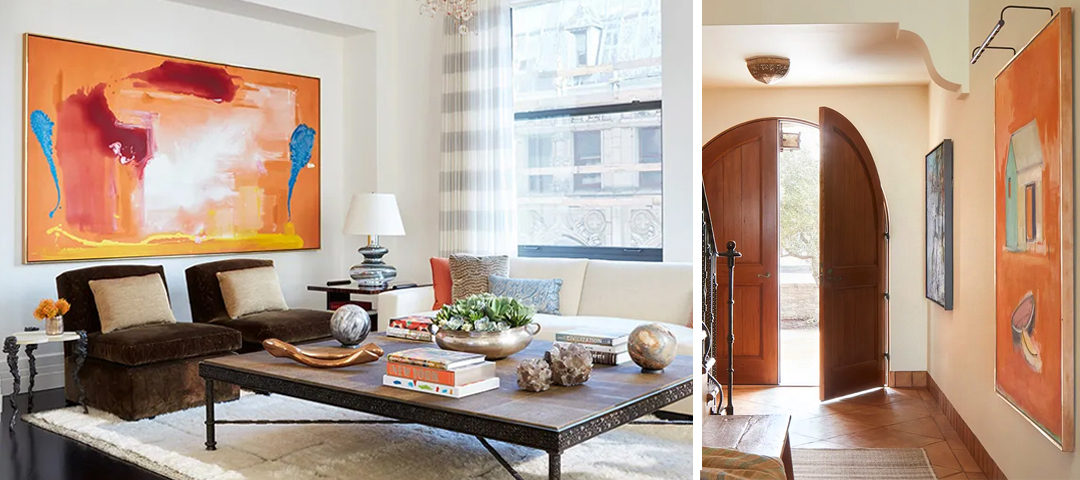Once dismissed as old-fashioned, antiques are becoming the darlings of modern design; unique, stylish, and undeniably chic. For dealers and designers, this new landscape offers a unique opportunity to serve clients who understand that vintage and antique pieces aren’t just home décor purchases — they’re investments in beauty and function that outlast fast furniture trends.
As a result, the conversation in high-end furniture showrooms has shifted. Clients are drawn more and more toward interesting pieces with provenance, patina, and stories that span decades. This shift goes far beyond nostalgia: it’s a renaissance of appreciation for genuine craftsmanship, thoughtful sustainability, and the kind of storytelling that only comes with age and heritage.
San Francisco–based designer and Tucker & Marks co-founder Suzanne Tucker captures this perfectly, sharing that she has:
“a soft spot for anything with good lines, beautiful finishes, deep patina, and intriguing provenance.” She adds, “I’m not a purist … I definitely believe in marrying contemporary pieces with antiques, modern elements with antiquities.”
Her celebrated approach — layering textures, carefully chosen antiques, and richly patterned fabrics into contemporary settings — speaks to what we’re seeing everywhere: the hunger for spaces that feel collected, not decorated.
This shift goes beyond aesthetics. It reflects a deeper philosophy about how people want their homes to feel. For dealers who’ve spent years understanding the language of patina and provenance, and designers who know that the right antique can transform an entire room, 2025 has been inspiring a broader, more mainstream audience to appreciate what you’ve always known: antiques aren’t just beautiful objects — they’re the soul of sophisticated interiors.
Where the Smart Money is Moving
The market intelligence coming from top design publications tells a fascinating story. Veranda reports that collectors are gravitating toward bronze sculptures, Suzani textiles, Georgian and Regency furniture, Baroque furnishings, 20th-century Danish and French pieces, 1980s–90s furniture, and conversational pieces like timepieces and mid-century Italian lighting. Most encouraging is their observation that “the best investment antiques are those that resonate with an individual’s personal taste.”
This appetite spans categories and aesthetics. House Beautiful echoes the trend, spotlighting Gustavian furniture, Murano glass, and equestrian motifs. Margaret Schwartz of Modern Antiquarian notes that Gustavian pieces are “equally at home in sleek modern settings or reimagined traditional spaces,” while Murano objects continue to offer that irresistible “jewel-like touch.”
Painted screens and panels are also experiencing a renaissance that goes well beyond decoration. These pieces are becoming functional art — quietly transformative elements that create intimate spaces within larger rooms. As designer Russell Sage demonstrates in his Somerset home, they serve as both art and architecture, adding layers of visual interest and historical narrative that can’t be replicated.
Burl Wood and Butterscotch Dreams
Burl wood furniture is enjoying a powerful resurgence, captivating collectors with its organic patterns and sculptural presence. Online searches have surged by more than 200%, a clear signal that this material is back in demand. Each piece, with its unrepeatable grain patterns, becomes a functional work of art.
At the same time, the romantic chateaucore aesthetic (a contemporary take on French château elegance with rustic countryside charm touches) continues to inspire design-forward clients. Etsy’s trend report describes it as a “blend of classic and rustic,” where well–curated vintage furniture pieces, embroidered textiles, and natural materials come together to tell quiet histories in soft, dreamlike hues of dusty blue, parchment, and creamy off-white.
One of the most telling shifts is the embrace of nostalgia décor — a movement that goes beyond styling. It invites designers and homeowners to weave heirlooms, mid-century pieces, and personal keepsakes into contemporary rooms, creating interiors that are emotionally layered and unmistakably individual.
Designer Kate Ferguson beautifully articulates this when she notes that antiques bring “instant soul” to a home, though the key is balance. Mixing antiques with modern elements prevents spaces from feeling dated or cluttered. Designer Sara Guo calls the movement “a quiet rebellion against fleeting trends,” emphasizing that antiques — especially those with patina and imperfections — bring depth, craftsmanship, and sustainability that mass-produced items cannot replicate.
Reading the Room (and Your Client’s Heart)
What we’re witnessing signals a fundamental shift in how clients approach interior design. Personal taste, provenance, and tactile quality have become the holy trinity of high-end purchasing decisions. The most successful dealers and designers understand that today’s clients appreciate beauty, history and storytelling over trends, embracing mismatched and historically rich and stunning elements that create deeply layered, personally meaningful spaces.
Whether you’re sourcing Gustavian frames for a Manhattan penthouse, selecting burl-wood statement tables for a London flat, or curating equestrian-inspired accents for a countryside estate, success lies in presenting pieces not as mere objects, but as living elements of style and authenticity.
For Fair Curators: This emphasis on storytelling creates golden opportunities to inspire and educate visitors about craftsmanship techniques, historical context, and the inherently sustainable choice of antique collecting. Consider organizing displays that demonstrate how these trending pieces integrate into contemporary settings — show, don’t just tell.
For Dealers: The current climate rewards those who can explain not just what pieces are, but why they matter. Your clients want to understand the difference between a Louis XV and Louis XVI chair, appreciate the intricate craftsmanship of Murano glass, or discover why Suzani textiles have captivated collectors for centuries. After years of gray-dominated interiors, the “boomer brown” movement is making a comeback. Interior designer Beth Lindsey highlights how stained-wood antiques add uniqueness, warmth, and character, offering an individualistic alternative to the painted, flat-looking design that has dominated recent years. The more you educate, the more you differentiate — and that expertise is what today’s clients value most.
Beyond the Next Sale
As 2025 unfolds, antiques are stepping confidently into the modern conversation. Once seen as “old fashioned” and the domain of collectors, they’re now shaping the look and language of contemporary design. From showrooms to social feeds, the mix of heritage and modernity is what feels new, and designers and dealers who understand that blend are leading the moment.
This is a time for bold curation, collaboration, and visibility. The demand is here, the market is shifting, and antiques are no longer on the sidelines, they’re setting the tone. For those who see where it’s heading, 2026 isn’t about looking back, it’s about defining what comes next.







